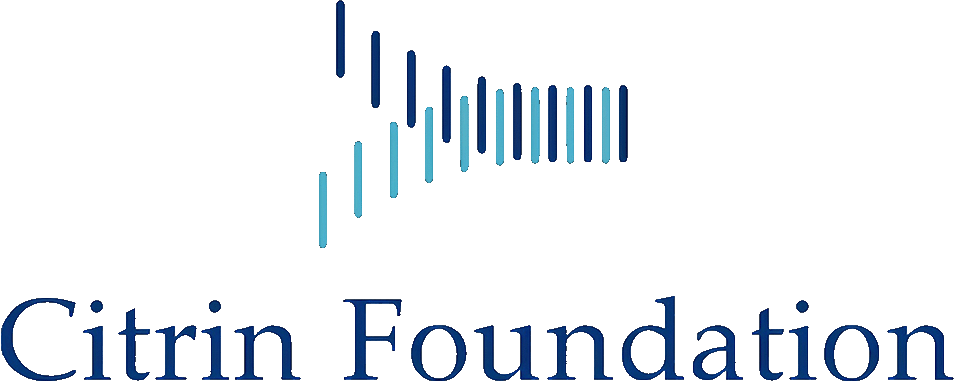Research Objective:
The aims and aspirations of Citrin Foundation culminate in the desire to ultimately discover a cure for the disease. Citrin Foundation strongly believes that a global consortium of scientific researchers and clinicians collaborating in an open, non-competitive and synergistic manner will eventually achieve this goal. Hence, the Scientific Strategy of the Foundation is to pursue through collaborative scientific research in specific areas, the following objectives:
- Identify patients with Citrin Deficiency (CD) worldwide
- Study the natural course of disease in large patient cohorts
- Improve the diagnosis of CD
- Understand the basic science and pathogenesis of the disease
- Support affected patients and their families by ameliorating the effects of CD
- Explore the benefit of existing therapies
- Develop new therapies
| Amelioration of the effects of CD on existing patients: |
| To understand the impact of diet and develop new dietary interventions with the goal of providing practical recommendations on nutritional supplements to the patients. These activities include establishing a scientific understanding of various impacts of molecular nutrition on CD. |
| Diagnosis and disease monitoring: |
| The clinical diagnosis of CD is often difficult. Whole genome sequencing of patients and their parents offers a route to more certain diagnosis and to identify the frequency of the disease variants. Through cohort studies, we aim to improve our understanding of the progression of CD and develop better tools and biomarkers for monitoring potential changes in the condition of patients. |
| Basic research: |
|
Much of the basic research programme is based around the mutated human gene and the corresponding defective protein, Citrin. The aims in basic research include the following:
|
| Impact on Physiology: |
|
| Therapies: |
|
- Amelioration of the effects of CD on existing patients
To understand the impact of diet and develop new dietary interventions with the goal of providing practical recommendations on nutritional supplements to the patients. These activities include establishing a scientific understanding of various impacts of molecular nutrition on CD.
- Diagnosis and disease monitoring
The clinical diagnosis of CD is often difficult. Whole genome sequencing of patients and their parents offers a route to more certain diagnosis and to identify the frequency of the disease variants. Through cohort studies, we aim to improve our understanding of the progression of CD and develop better tools and biomarkers for monitoring potential changes in the condition of patients.
- Basic research
Much of the basic research programme is based around the mutated human gene and the corresponding defective protein, Citrin. The aims in basic research include the following:
-
- Understanding the genetics underlying the wide variations in phenotype of CD patients
- Understanding the structure, function and regulation of Citrin
- Understanding the effects of mutations in Citrin on the activity and regulation of the protein
- Understanding the impact of the heterozygous mutations on the structure and function of Citrin
- Understanding the effects of mutations on the bioenergetics and metabolome of mitochondria
- Understanding the effects of mutations in Citrin on other metabolic pathways which could potentially be compensatory
- Establishing the levels of expression of Citrin and Aralar in various animal and human tissues at the protein level
- Understanding the effects of mutations in Citrin on the peculiar food preference widely observed in CD patients, and probably the most universal phenotypic characteristic
- Impact on Physiology
-
- Development of animal models of CD
- Development of human cell line models of CD
- Development of an organoid-based model of CD
- Understanding the impact of CD on the liver, and also the pancreas, kidney and brain in the later stages of the disease
- Understanding the development of non-alcoholic fatty liver disease (NASH) and other complications such as decline in hepatic argininosuccinate synthetase (ASS)
- Therapies
-
- Development of therapies based on amino acid supplementation
- Development of therapies based on the enhanced expression of Aralar in liver
- Development of therapies based upon the injection of messenger RNA molecules in lipid nano-particles
- Development of gene therapy based on adeno-associated virus vectors targeted to the liver
- Establishing bench-mark criteria for measurement of the success or otherwise of new therapies and other interventions


